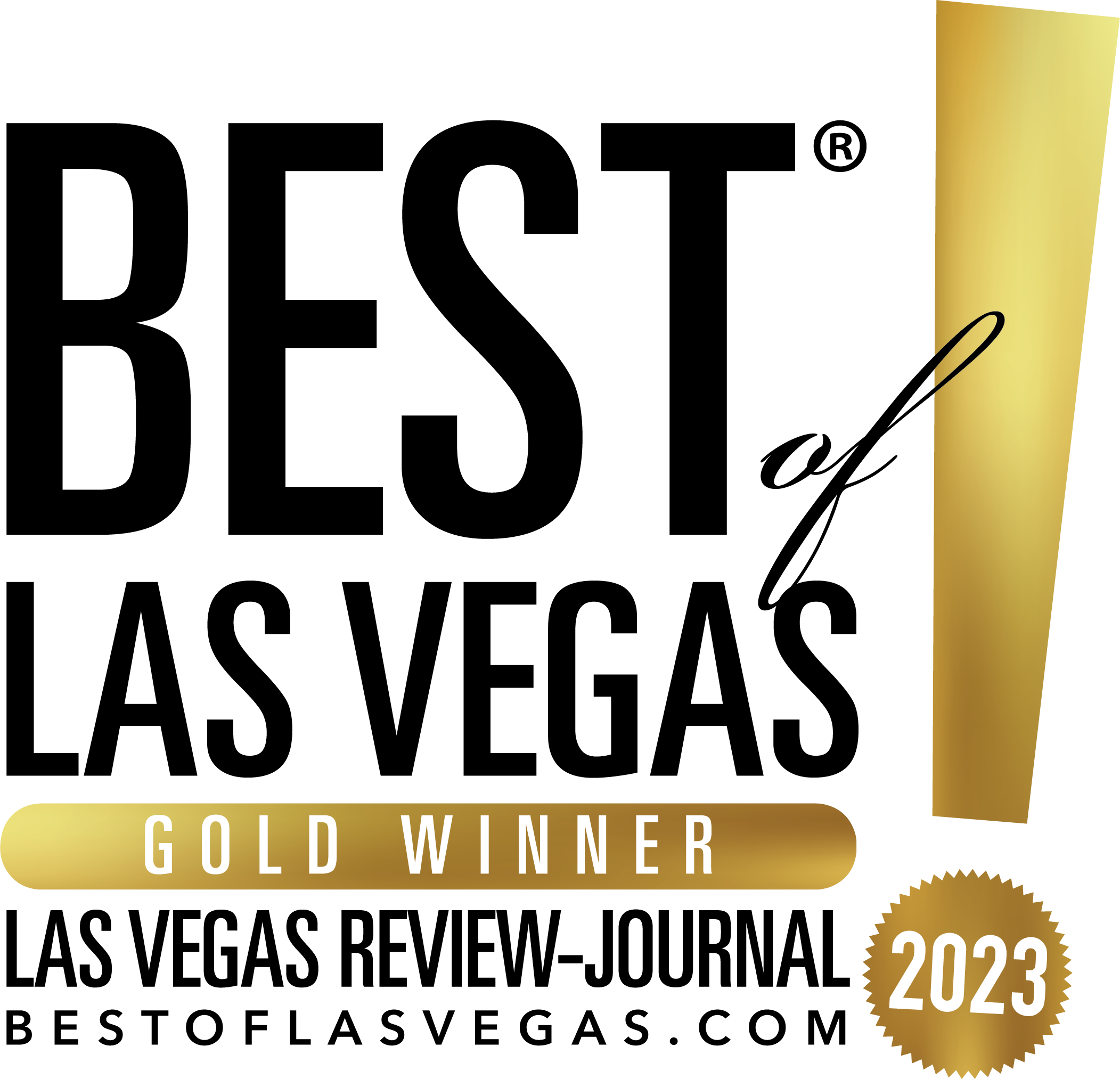An arrest does NOT guarantee a conviction. We may be able to get the charges reduced or dismissed without a trial. Visit our page on Nevada criminal defense laws to learn more.
Please note: Our firm only handles criminal and DUI cases, and only in California. We do not handle any of the following cases:
- civil matters
- CCWs or gun right restoration
- labor
- family law
- immigration
- landlord/tenant
- harassment
- restraining orders
And we do not handle any cases outside of California.
Call Us Now5 Clark County dog bite laws you may not have known
Posted on

Clark County ordinance 10.28.020 requires you to report dog bites to a public health or animal control official. It does not matter whether you are the dog’s owner, the biting victim, or a witness. Most other jurisdictions throughout Nevada impose the same duty to report.
Five other important dog bite laws in Clark County are as follows:
1) Dogs are “dangerous” if they have bitten or been aggressive two times in 18 months
A Clark County Animal Control officer can declare a dog dangerous if – on two separate occasions in an 18-month period – the dog:
- Behaved menacingly to a degree that would lead a reasonable person to defend themself against substantial bodily harm under the circumstances; or
- Bit a person or animal, but without causing substantial bodily harm
Though dogs will not be classified as dangerous for only behaving menacingly towards or biting another animal that – or person who – either:
- Provoked the dog; or
- Was unlawfully upon premises owned or occupied by the dog owner or keeper
Also, police dogs (K-9s) may bite without being declared dangerous. Note that dog owners/keepers can request a hearing to contest the dog’s dangerous designation. Though this hearing must be requested within 72 hours of the person receiving notice of the dangerous designation.1
2) People may keep dangerous dogs under limited conditions
In general, it is unlawful for people to knowingly possess, shelter, own, or transfer ownership of, a dangerous dog within unincorporated Clark County. Though there is an exception where people may keep dangerous dogs if all of the following ten conditions are met:
- Within 14 days of the “dangerous” declaration, the animal control officer inspects and approves of the place where the dog owner/keeper plans to keep the dog.
- The dog owner/keeper obtains an annual permit to keep the dog. A $100 fee is paid for each annual inspection. Also, the dog owner/keeper abides by all the terms of the permit.
- The dog owner owns the real property where the dog is kept, or the property owner provides a notarized letter allowing for the dangerous dog to reside there.
- The dog is kept, confined or housed within an enclosure deemed adequate by the animal control officer. The enclosure must ensure the dog’s retention and comfort, is of a size to permit the animal to stand upright, and is of a dimension deemed adequate by the animal control office. It must also be secure enough so that the dog cannot bite, harm or injure anyone overreaching the top of the fence or other enclosure.
- The dog is not allowed to leave the private property confines of the dog owner/keeper unless it is muzzled, leashed and under the effective control of an adult.
- The private property is adequately and properly posted with conspicuous warning signs of the presence of a dangerous dog, with a listing of the name and telephone number of the owner of the dog.
- The dog must be sterilized by a licensed veterinarian. The dog owner/keeper shall maintain all sterilization records, including the type of animal sterilized, the name of the veterinarian performing the procedure, and the date the sterilization was performed.
- The dog is implanted with an electronic microchip from a manufacturer approved by the animal control officer. The implantation is performed by a licensed veterinarian and must conform to procedures recommended by the manufacturer. The dog owner/keeper registers the microchip number in a national database in accordance with instructions from the manufacturer, and provides the number to the animal control officer.
- The dog owner/keeper maintains a minimum $100,000 policy insuring against possible injuries inflicted by the dangerous dog. Such insurance, whether homeowner’s or liability, is provided to the animal control officer and maintained in effect as long as the owner or keeper maintains possession of the dangerous dog. Clark County Animal Control is listed as a certificate holder on the policy. The policy clearly states the name, breed, color, and sex of the animal, and reason that the animal has been declared dangerous, or is accompanied by a written statement by the carrier containing such information about the dangerous dog affirming the coverage with reference to the controlling sections of the policy.
- The dog owner does not sell, relocate or give away the dog without first obtaining prior written approval from an animal control officer, and if different, the animal control officer or equivalent of the jurisdiction to which the animal will be relocated. If such a transaction is approved, the owner or transferee pays a nonrefundable inspection fee of $100 per inspection of the new location for the animal, if located in unincorporated Clark County. The owner or transferee also has the national microchip number updated in the national database to reflect the change in ownership and provides evidence of the update to the animal control officer.
Animal Control’s denial of a right to transfer a dangerous dog can be reviewed at a hearing.
Note that permits to keep a dangerous dog will be revoked if the dog – without provocation – bites or attempts to bite any person or animal lawfully upon the permitted property or any other property. The permit will also be revoked if the dog owner/keeper violates the aforementioned conditions.
If a dangerous dog owner/keeper fails to renew the permit in time, the dog will be impounded at animal control for 14 days. The owner can apply for a new permit during this time at a cost of $200, plus the costs of impoundment.
It is a misdemeanor to keep a dangerous dog without a permit or after the permit has been revoked. Penalties include up to $1,000 in fines and/or up to six months in jail.2

People may not keep vicious dogs in Nevada.
3) Dogs are “vicious” if their bites inflict substantial bodily harm, or if they continue acting dangerously
A Clark County Animal Control officer can declare a dog vicious if the dog:
- Killed or inflicted substantial bodily harm upon a human being or another animal not at large; or
- After having previously been declared dangerous, with notice of the declaration having been provided to an owner or keeper, it continues to exhibit the same type of behavior that resulted in the declaration, or is in violation of the provisions of Section 10.16.030
Though dogs will not be classified as vicious for inflicting substantial bodily harm or killing:
- Another animal that – or person who – provoked the dog; or
- Another animal that – or person who – was unlawfully upon premises owned or occupied by the dog owner or keeper
A dog also will not be classified as vicious if another person placed their hands between the dog’s jaws, and this did not proximately cause the person’s death or substantial bodily harm. Also, police dogs (K-9s) may cause serious injury through biting without being declared vicious.
It is unlawful for people to knowingly possess, shelter, own, or transfer ownership of, a vicious animal within unincorporated Clark County. There are no exceptions.
Dog owners/keepers can contest the vicious designation at a hearing and then appeal for judicial review. If the court upholds a vicious animal declaration, the animal control officer may kill the dog once 10 days have elapsed from the date the dog owner/keeper receives notice of the decision.3
4) Rabid dogs must be reported
When a dog owner/keeper suspects the dog has rabies, they must immediately notify a veterinarian or health officer for an examination or inspection. Dogs that turn out to be rabid get impounded until they are treated and recover, at the owner’s expense.
If a dog that is vaccinated against rabies bites a person or animal, the owner/keeper must confine the dog for 10 days and post a quarantine notice.
Note that law enforcement has the legal authority to enter private or public property in order to ascertain whether there is a rabid dog on the premises.4
5) Certain unclaimed dogs with histories of biting may be adopted
Impounded, unclaimed dogs in Clark County generally may not be adopted if they have bitten people before. Though there is an exception if:
- The chief of animal control (or their designee) has been consulted; and
- The shelter discloses the bite to the new owner; and
- The dog shows no sign of rabies5
Additional resources
See our related articles for more information:
- Dog Leash Laws in Las Vegas NV – A Rundown of the Rules
- Nevada Dog Bite Laws – A Quick Legal Breakdown
- Bitten by a police dog in Las Vegas? How to file a lawsuit
- Dog Fighting: Laws, Penalties, & Defenses (NRS 574.060 & NRS 574.070)
- Dog Racing as a Gaming Activity (NRS 207.235)
- Does Nevada follow the one bite rule?
Legal References
- Clark County Code (CCC) 10.16.010; CCC 10.16.020; CCC 10.16.030; CCC 10.16.040; CCC 10.16.050.; CCC 10.16.060; CCC 10.04.120. See also Swain v. Gifford (Court of Appeals of Nevada, 2021) 497 P.3d 639; Ard v. Garcia (2015) 131 Nev. 1248.
- Same; CCC 10.04.182. CCC 10.40.040.
- Same; CCC 10.04.340.
- CCC 10.28.010; CCC 10.28.030; CCC 10.28.050; CCC 10.28.070. CCC 10.28.090.
- CCC 10.24.080.
About the Author

Neil Shouse
A former Los Angeles prosecutor, attorney Neil Shouse graduated with honors from UC Berkeley and Harvard Law School (and completed additional graduate studies at MIT). He has been featured on CNN, Good Morning America, Dr Phil, The Today Show and Court TV. Mr Shouse has been recognized by the National Trial Lawyers as one of the Top 100 Criminal and Top 100 Civil Attorneys.

